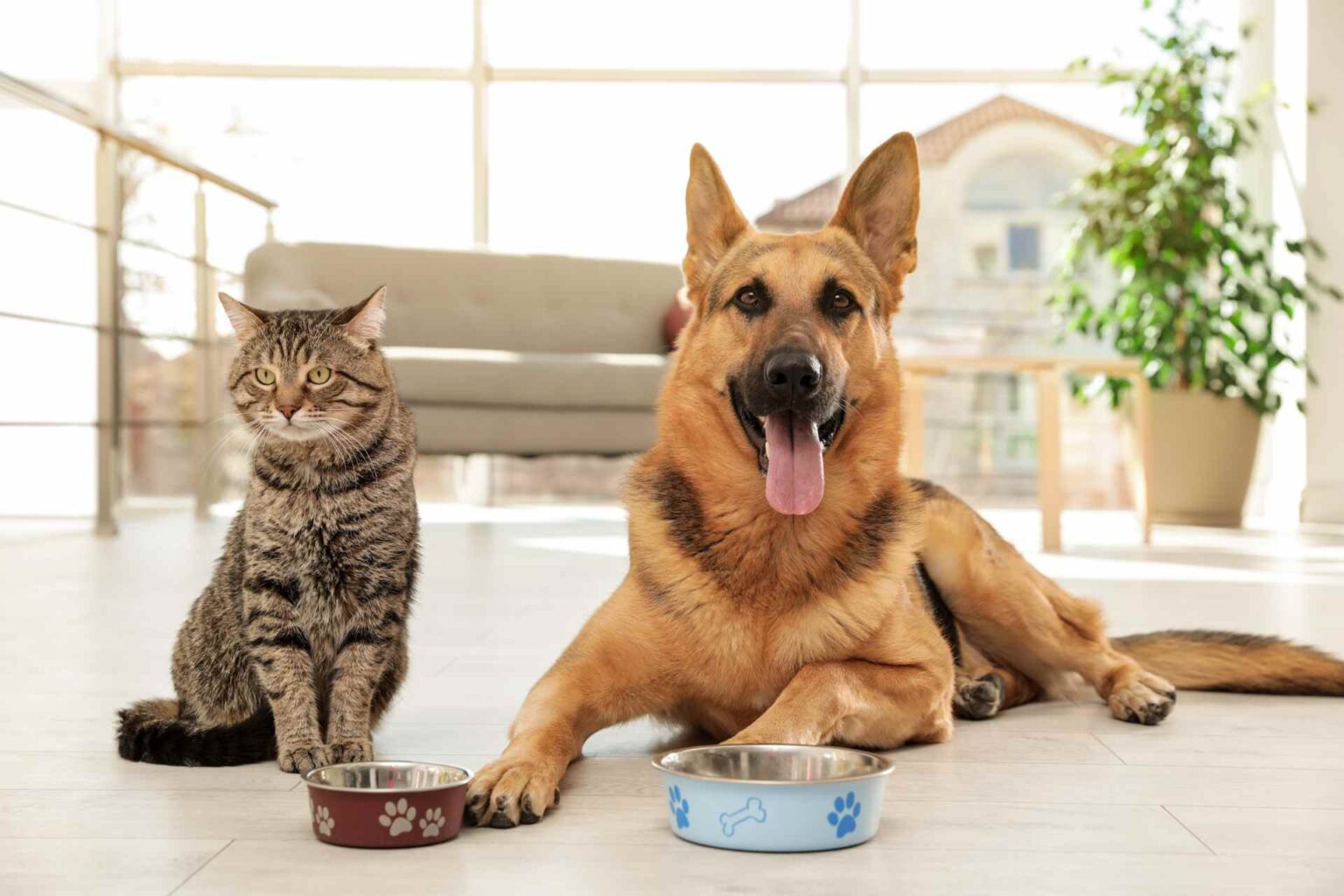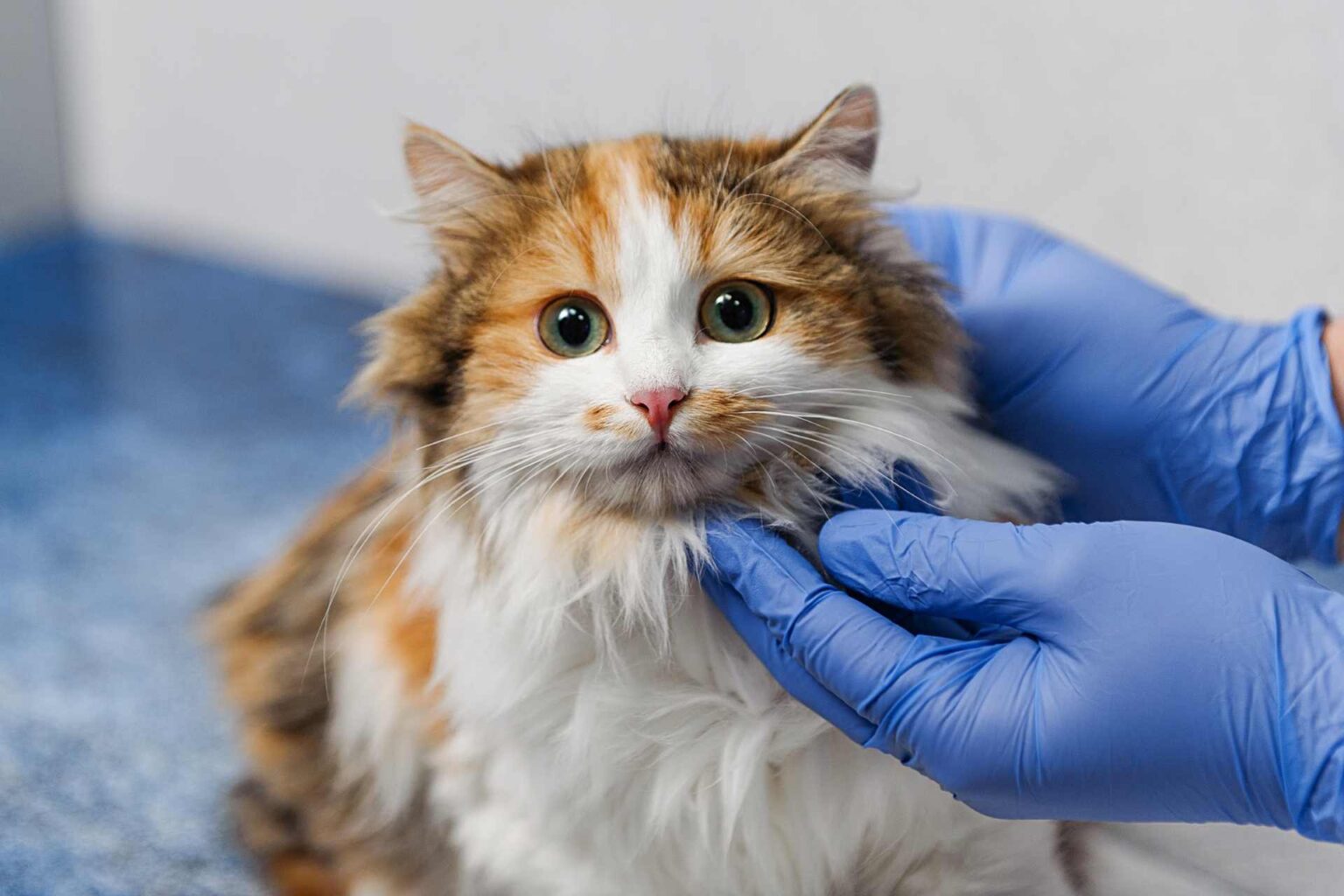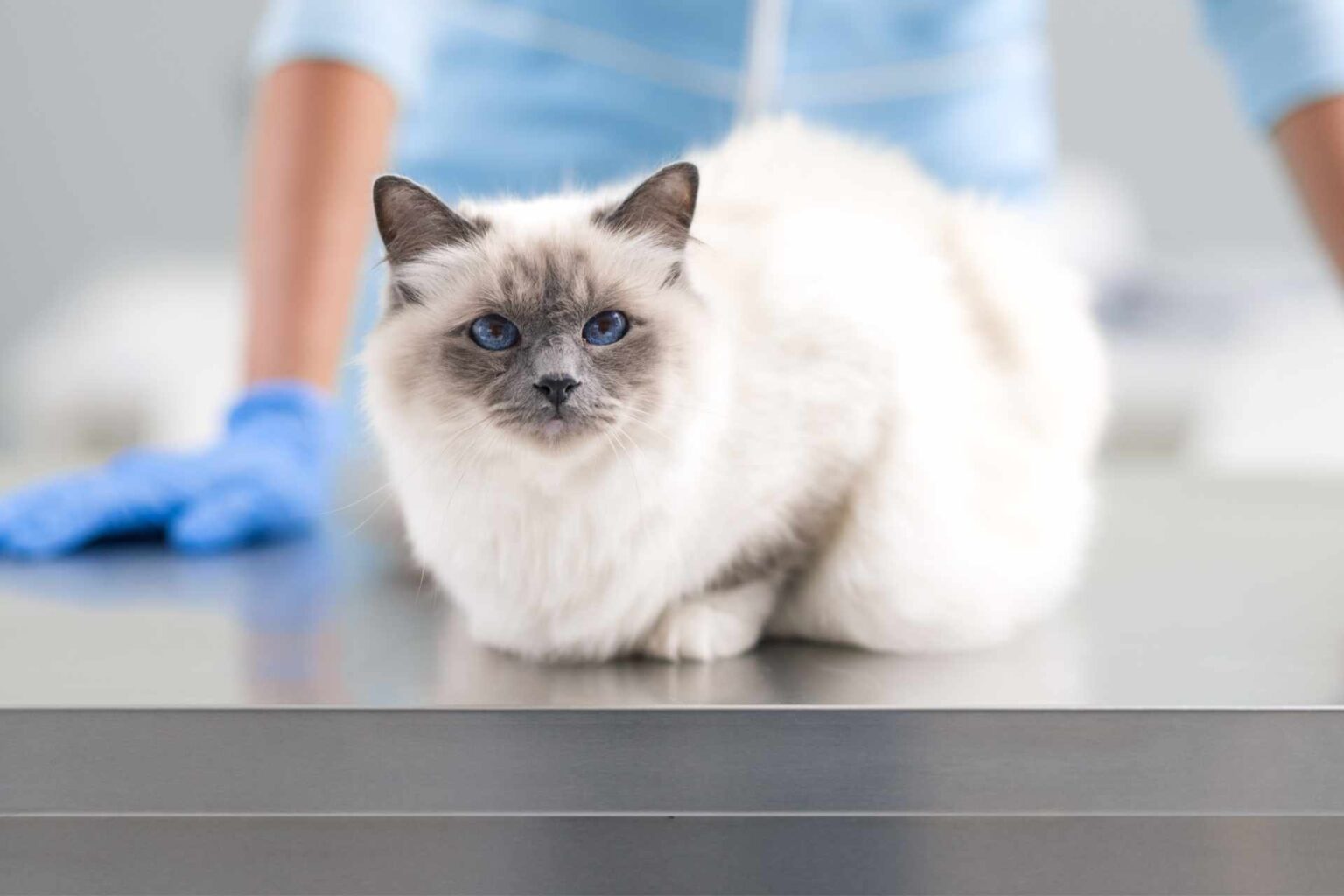Recent work investigated the effects that a grain-free diet with high supplementation of split peas (20%) and lentils (40%) may have on the occurrence of dilated cardiomyopathy in dogs.
In recent years, there has been a trend to use alternative (nontraditional) ingredients in pet foods. However, these foods can affect the bioavailability or metabolism of nutrients and other food components, potentially leading to health problems.
Dilated cardiomyopathy and diet: the US experience
An example of this has been highlighted in the United States, where dilated cardiomyopathy (DCM) has been seen in dogs following months or years of prolonged intake of grain-free and legume-rich diets.
Historically, DCM was more prevalent in genetically predisposed large and very large dogs. This disease, moreover, was thought to result from a taurine deficiency that in dogs occurs only in certain breeds, suggesting that genetic factors affect taurine biosynthesis and metabolism.
Although, normally, these are the main factors that trigger DCM, it is becoming increasingly clear that diets with nontraditional ingredients can influence the occurrence of this condition.
In support of this hypothesis, it has been shown that by switching from nontraditional (grain-free and legume-rich) to conventional grain-based diets, regardless of taurine supplementation, dogs show improvement in DCM.
The possible danger of “alternative” diets
Although several studies have investigated the implications that nontraditional diets may have on the cardiac health of dogs, only a small percentage of these have recorded and analyzed routine clinical parameters in animals on such diets.
To this end, a 30-day longitudinal study was initiated that aimed to understand whether less conventional diets high in legumes could lead to changes in clinical values in animals following these diets.
The study involved eleven dogs (Labrador retriever) randomized to receive: diet control (5 dogs), which contained ingredients commonly used in traditional diets (animal fat, ground whole corn, whole wheat, soybean meal, corn gluten meal, methionine, vitamins and minerals, and which contained no peas, lentils or flaxseed products); test diet (6 dogs), which contained less conventional ingredients such as kangaroo meat, split peas, red lentils and green lentils, sunflower seed oil, flaxseed, methionine, vitamins and minerals.
The test diet and control diet were fed to the dogs for 30 days. Blood and urine samples collected at baseline and on days 3, 14 and 28/30 were analyzed for hematologic tests (such as hematocrit, red blood cell count, white blood cell count, hemoglobin values, erythrocyte distribution width), clinical biochemistry tests and taurine concentration values.
In order, then, to better assess the clinical relevance of the results, a survey of electronic medical records of dogs with and without suspected DCM taken from the Banfield® Pet Hospitals database was conducted. These data covered animals visited over a 2-year period (early 2018 – late 2019): 420 dogs diagnosed with DCM, compared with 420 dogs of breed, sex, and age overlapping with the first group, but without the condition.
The results of the study
The results of the study showed that: feeding with the test diet for 28 days, compared to baseline, caused diminutions, progressive and significant, of the count of red blood cells, hematocrit and total hemoglobin by 7.7%, 8.3% and 6.3%, respectively. In the test group, a 41.8% increase in plasma levels of inorganic phosphate.
By comparison with the Banfield® database, these data were very similar to those of clinical cases diagnosed with DCM.
Regarding taurine status, for dogs in the test group there were transient increases in concentrations of this molecule in whole blood (23 percent) and plasma (47.7 percent) at day 14.
Conclusions
Data from the study indicate that the test diet used may cause reduced red blood cells and hyperphosphatemia, as well as possible disorders in taurine levels. From comparisons with the Banfield® database, moreover, these data appear to be clinically relevant, showing similarities between dogs fed test diets and dogs with DCM. In any case, further studies will be needed to increase understanding of the results obtained and to obtain more details about the relationship between DCM and diet in dogs.
Reference
Bakke AM, Wood J, Salt C, Allaway D, Gilham M, Kuhlman G, Bierer T, Butterwick R, O’Flynn C. Responses in randomized groups of healthy, adult Labrador retrievers fed grain-free diets with high legume inclusion for 30 days display commonalities with dogs with suspected dilated cardiomyopathy. BMC Vet Res. 2022 Apr 28;18(1):157. doi: 10.1186/s12917-022-03264-x.













